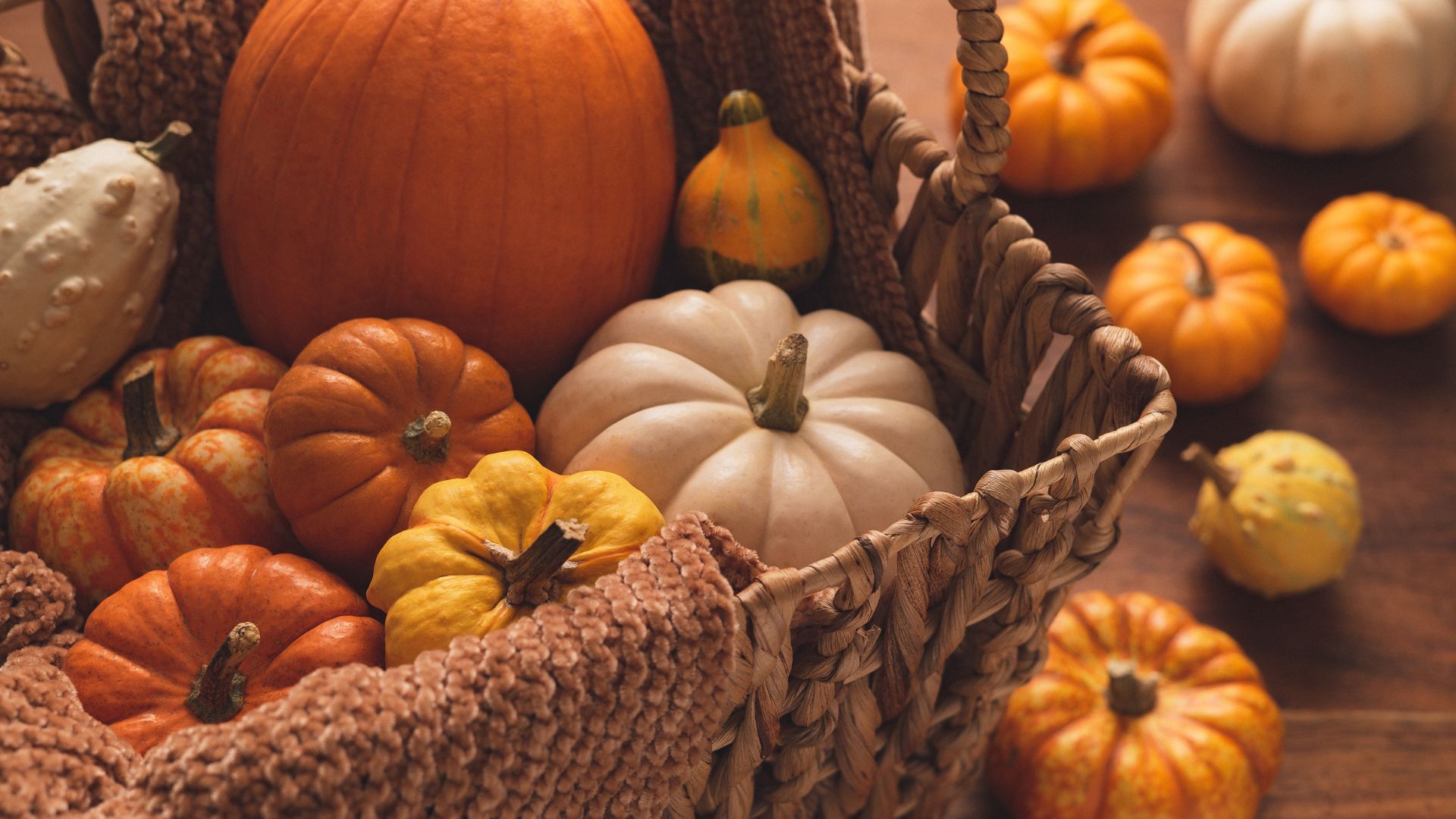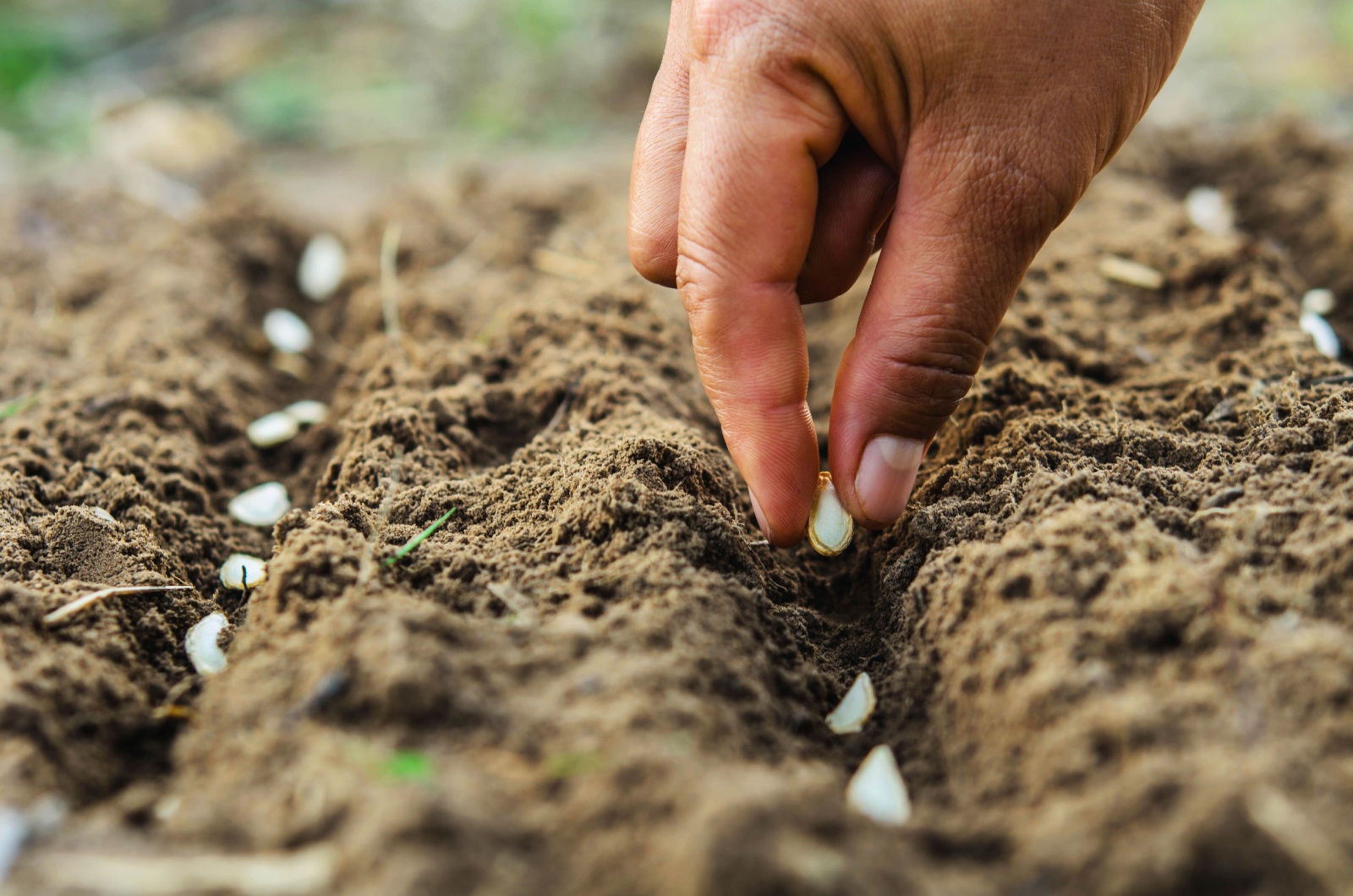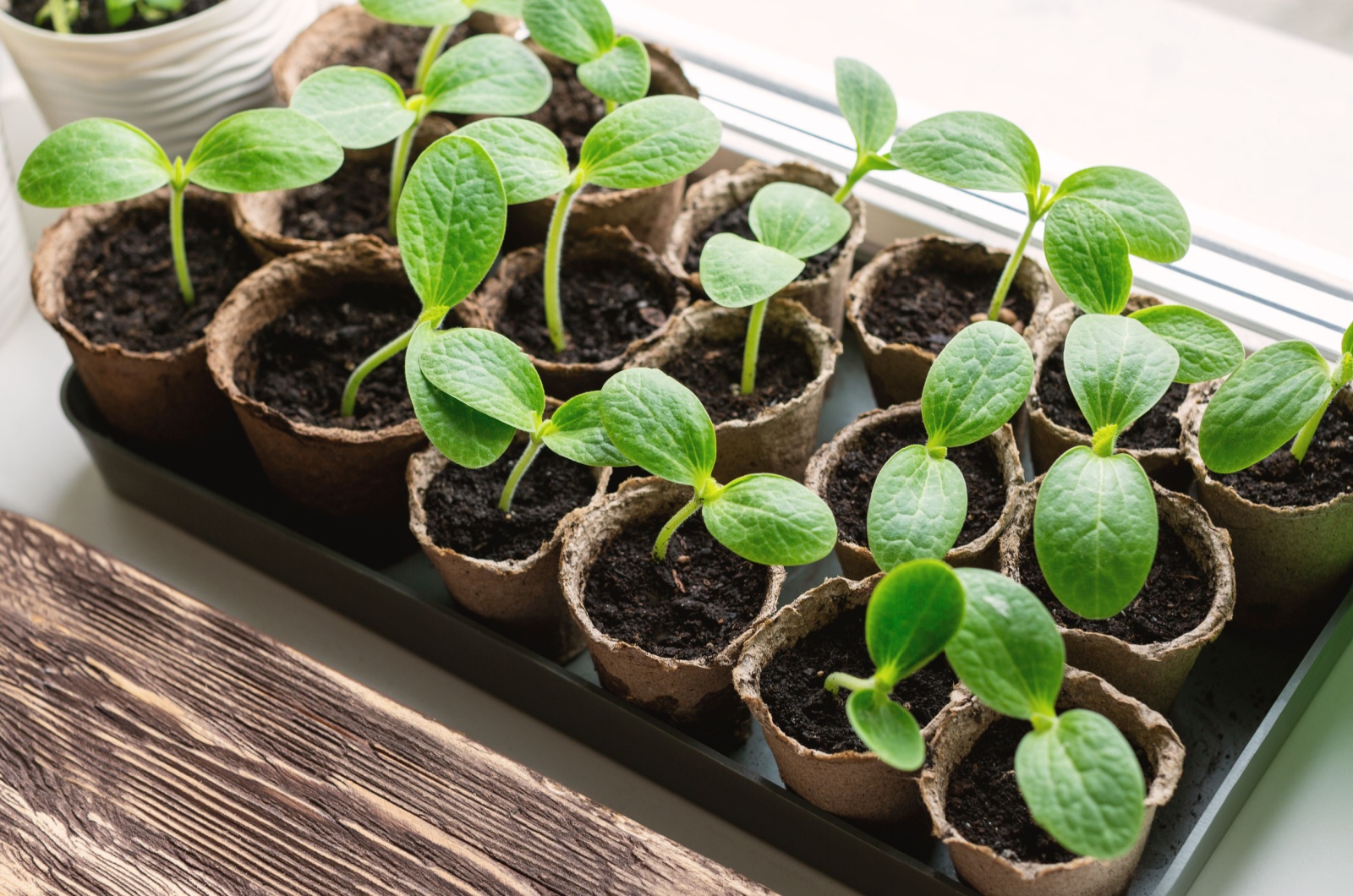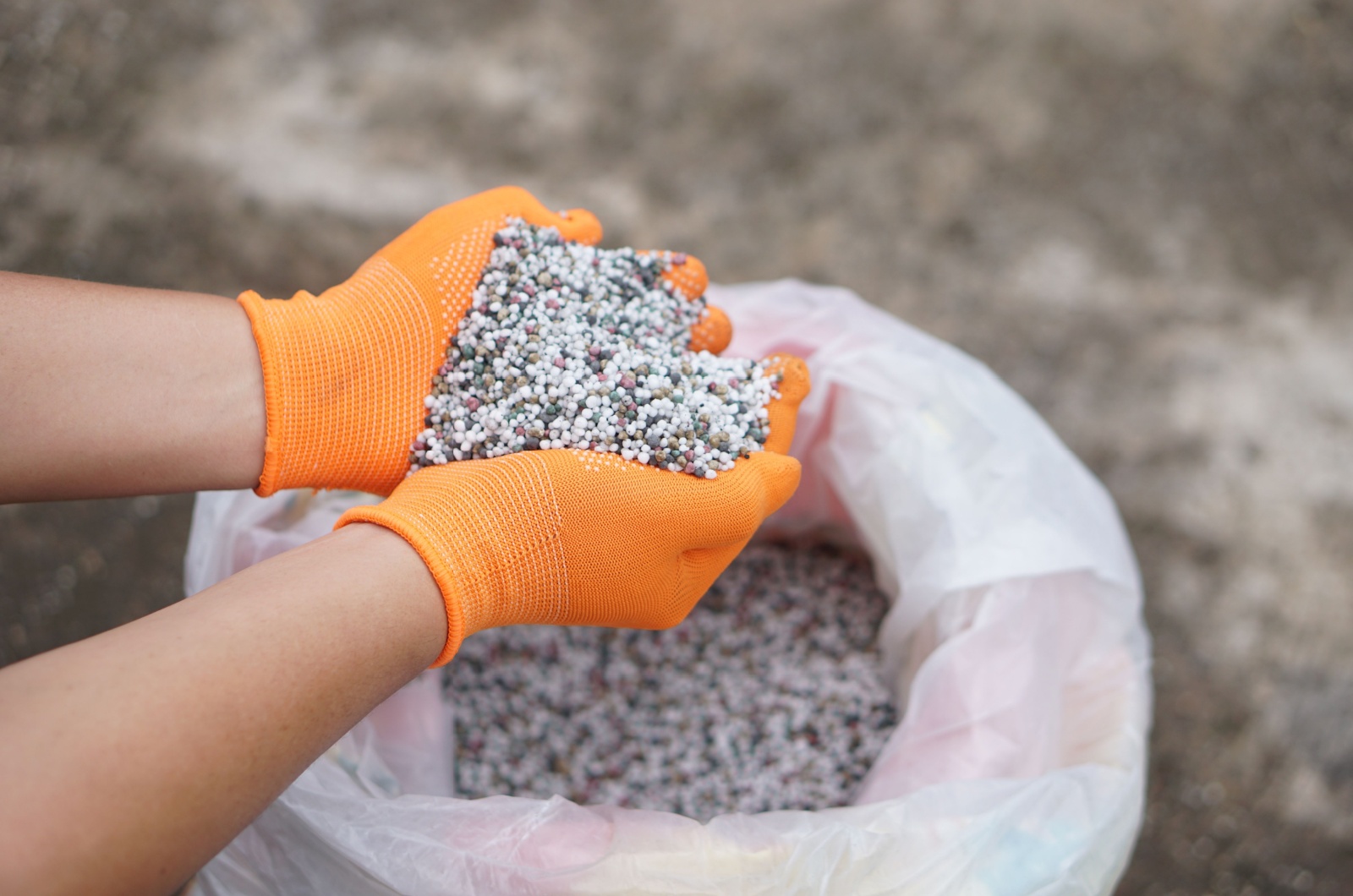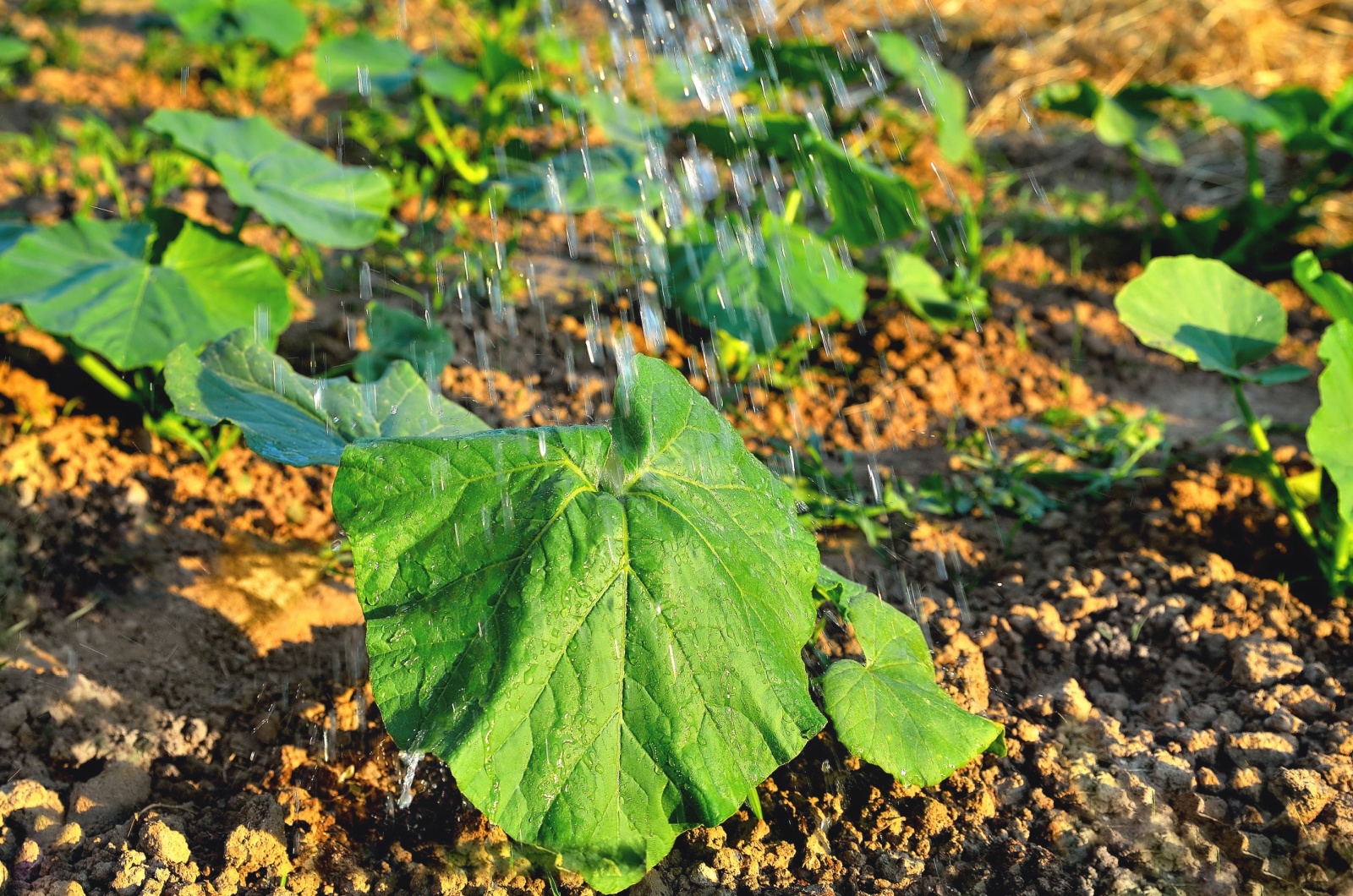Growing pumpkins has been a tradition in my family for generations, and there’s something truly magical about watching those tiny seeds transform into plump, Jack-o’-lantern-worthy beauties (yep, I carve my own pumpkins!).
I would like to tell you that growing pumpkins is all smooth sailing, but that’s not entirely true – you have to consider a lot of things, from finding the perfect place for your pumpkins to timing their planting perfectly.
But hey, with a little bit of patience and a whole lot of love, there’s nothing quite like the feeling of harvesting your very own pumpkins in the fall!
Just follow my lead – I usually…
Start By Planting Those Seeds
Planting the seeds is the first step on this pumpkin growing adventure. You can start the seeds indoors or plant them directly in the ground outside.
The former method is usually recommended as it gives those pumpkin seeds plenty of time to sprout into perfect pumpkins for the autumn harvest!
I usually kick off my pumpkin-growing journey in mid-to-late April by planting the seeds indoors. But if you decide to plant them outdoors, make sure to give them enough space so they can develop properly.
This might be useful: Find Out The Best Way To Save Leftover Pumpkin Seeds For Next Season
Or Transplant The Little Seedlings Outdoors
If you’ve planted seeds indoors, they’ll be brave enough for the great outdoors between the end of May and mid-June (I usually wait about 6 weeks after planting).
But before you transplant them outdoors, you should prepare the best setup for those budding seedlings.
My gardener friend always suggests using biodegradable pots or seed trays, which make for easy transplantation once they’re ready to go outside (you can even get crafty and make your own pots from everyday items like toilet roll tubes or newspapers).
Now, about that sunshine! Pumpkins absolutely love basking in the sun, which is why you should find a place where they can receive at least 6 hours of sunshine daily.
Give Them A Nutrient Boost To Grow Big And Strong
Now, your pumpkins won’t grow big and strong unless you give them all they need; and what they need are delicious nutrients that come from some good old-fashioned fertilizing!
Sprinkle some mulch around the base of your pumpkins to keep the moisture in and those pesky weeds out.
And when it comes to fertilizer, I usually opt for a balanced one (but you can use any type you want as long as it is suitable for pumpkins).
This might be useful: How To Fertilize Pumpkins For Large Fruits + 5 Growing Tips
Don’t Keep Your Pumpkins Thirsty, But Don’t Drown Them Either!
If you want to keep your pumpkin patch thriving, regular watering is a must.
But be careful not to drown them!
Sure, pumpkins love moisture, but that doesn’t mean they like sitting in wet soil. Too much water can spell trouble, leading to dreaded root rot and other fungal issues that can harm your precious pumpkins.
Please remember to protect your pumpkins from common pumpkin pests. And with that, you are good to go.
What are your key takeaways? I think that timing and finding the perfect spots for pumpkins are crucial, but watering, fertilizing, and mulching will also secure you the best patch!
Also read: 19 Best Pumpkin Companion Plants & Some Plants To Avoid

